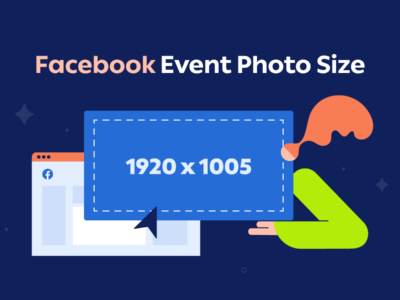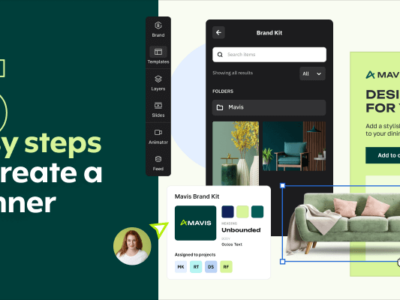In February, we posted the results of the experiment where we tested static ads vs. video ads on Pinterest. We wanted to see if this platform can bring desirable results for our SaaS product regardless of the ad type we use and help other advertisers make a documented decision towards diversifying their cross-channel ad spend.
For the first experiment, we used a static image and a landscape video with a duration of one minute and two seconds. Both creatives provided a general presentation of our platform.
The experiment results were very much favoring the static ads to the detriment of the video ads.
After analyzing the results, we started to ponder on them. The video ad didn’t perform as well as the static ad strictly because static images perform better in general on Pinterest or because our video was too long? Or maybe performance was influenced by the aspect ratio? Perhaps landscape videos don’t perform that well on Pinterest. Lots of unanswered questions, right?
Not anymore, because we managed to answer them through a second experiment where we tested video ads on Pinterest.
Campaigns Setup
Other than having different creatives, we decided to use the same audiences, budgets, experiment duration, nine locations, language, devices, placement, and the same landing page as the ones for the first experiment. We went for this approach so we can have a valid conclusion at the end, especially when it comes to the first hypothesis about video ads simply not performing that well on Pinterest compared to static ads.
Also, this time, we decided to use the same ad copy that brought us all the conversions in the previous experiment.
We allocated $3,000 for the experiment, which ran for 30 days from March 1 to March 30, 2022.
We had three separate campaigns for each video ad length—one campaign for the six-second video, one for the 15-seconds video, and one for the one-minute video, which was used in the first experiment. For each campaign, we had two identical ad groups for each audience we targeted. Also, each ad group contained three ad variables for the same duration: one square video ad, one vertical, and one landscape.
Our main goal (that guided the way we optimized our campaigns) was to get conversions, specifically more trials for Creatopy. The budget was set at the campaign level, and we went for automatic bidding.
You can download our case study for free and read the complete analysis and breakdown of the results in terms of location, traffic, conversions, devices, gender, age groups, and ad spend. It also includes a few important key takeaways.
We are happy we decided to do a follow-up to the first experiment, as we had the chance to discover a lot of interesting things. Some things may not be so new. They may even represent common knowledge among advertisers. On the other hand, some findings managed to surprise us.
All in all, we hope that you can find value in these results and that they are a starting point for your next experiment. Who knows? Maybe this is the lead generation source you were looking for.








